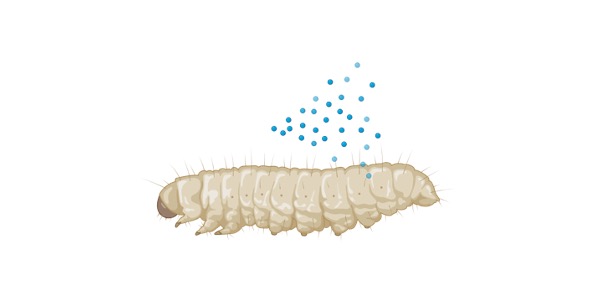Table of Contents
Microalgae Definition
The word microalgae can be defined as the small algae. Microalgae are usually unicellular algae, which usually exist as solo entities but may also been seen in colonies. Microalgae consists of dinoflagellates, green algae and diatoms.
What is Microalgae?
Microalgae are photosynthetic prokaryotes, which are very minute in structure. These microalgae can exist independently or in the form of colonies in various shapes like spherical, filaments and others. These organisms can prepare their own food, due to the presence of the pigments, which aids in photosynthesis.
On the basis of the pigment present, the name is denoted. They can be red, green or brown in color. Although majority of these organism can prepare food, some of them lack the pigments and are heterotrophs. Mixotrophs are those organism that are heterotrophic as well as photosynthetic.
Microalgae vs Phytoplankton
Phytoplankton are photosynthetic planktons, which are the microscopic microalgae. Thus, phytoplankton is the larger class within the microalgae falls. These organisms as they make food, are known as the autotrophs, which prepare the food and are the primary producers of food chain. In favorable conditions, these microalgae grow rapidly and result in algal blooms also known as red tide. This algal bloom is due to phytoplankton, which is also known as phytoplankton bloom.
Microalgae vs Macroalgae
On the basis of the number of cell present, algae can be either unicellular or multicellular. Microalgae are usually unicellular algae, which usually exist as solo entities but may also been seen in colonies.
Macroalgae are multicellular organism. Macroalgae are also known as seaweeds, which grows rapidly and at any given period. Macroalgae consists of green algae, brown algae and red algae, whereas microalgae consists of dinoflagellates, green algae and diatoms.
A massive amount of oxygen is available to the environment due to the photosynthetic organisms, precisely the microalgae and macroalgae. These organisms as they are not vascular plants, they do not contain true roots, stems and leaves. As they are producers many organisms are dependent on them for food. The thallus of macroalgae consists of these portions like the haptera, stipe and lamina.
Haptera is the root like structure, stipe is the stem like structure and lamina is the leaf like structure. Air bladder is another organ, which is present on the lamina, whose function is to allow the macroalgae to float. Between the stipe and lamina is the float, which aids in floating.
Microalgae Importance
A massive amount of oxygen is available to the environment due to the photosynthetic organisms, precisely the microalgae. Apart from that they also have the ability for nitrogen fixation. Such types of organisms also reside in relation with the other like symbiosis, for example in lichens, the fungi. In favorable conditions, these algae grow rapidly and result in algal blooms also known as red tide. If there is too much algal blooms within a habitat, it would result in formation of toxin. This toxin can be dangerous to fish and other aquatic organism.
Microalgae Citations
- Microalgae for High-Value Products Towards Human Health and Nutrition. Mar Drugs . 2019 May 24;17(5):304.
- Anti-Obesity Effects of Microalgae. Int J Mol Sci . 2019 Dec 19;21(1):41.
- Microalgae for biofuel production. Adv Appl Microbiol . 2019;109:1-30.







